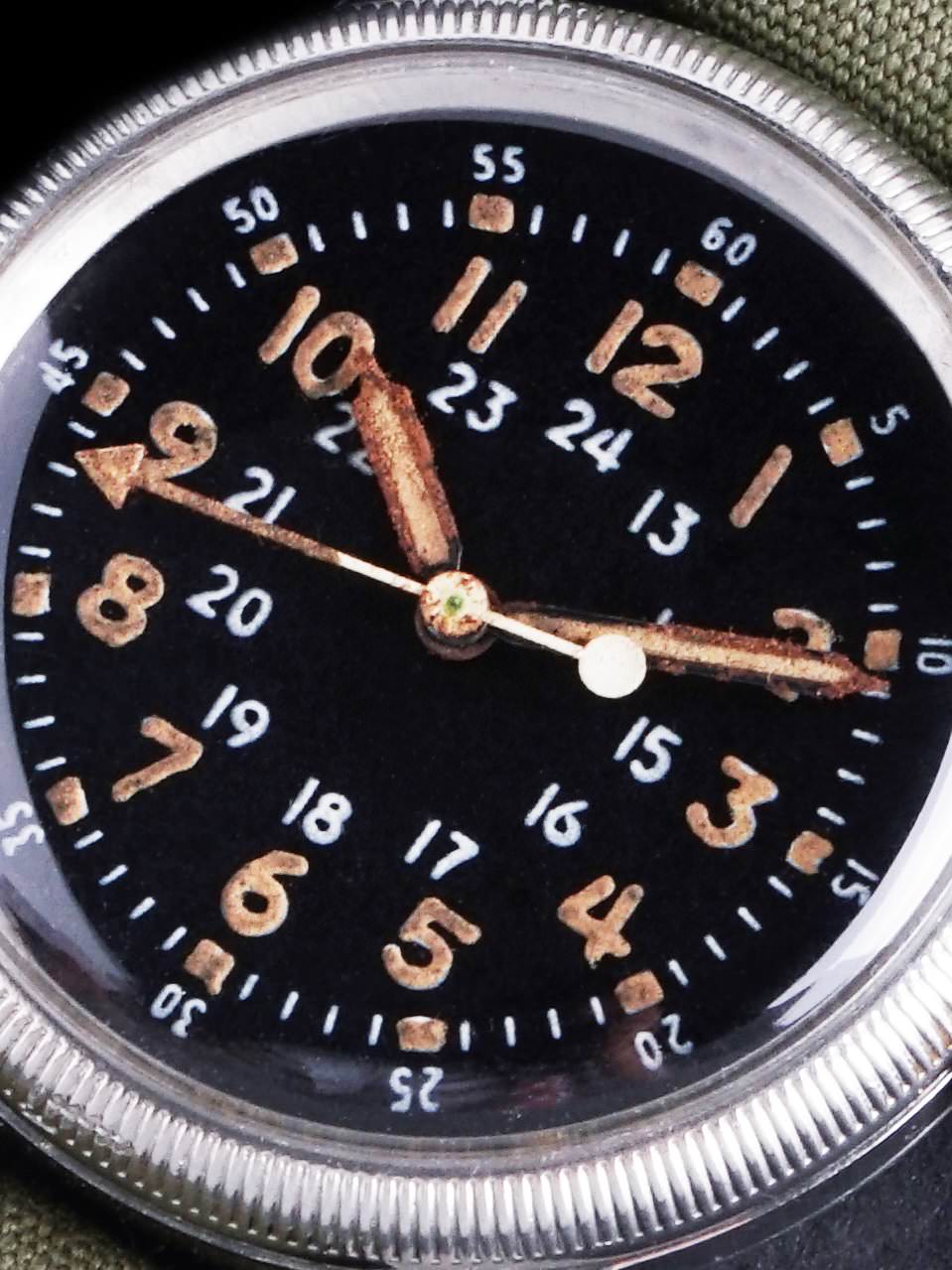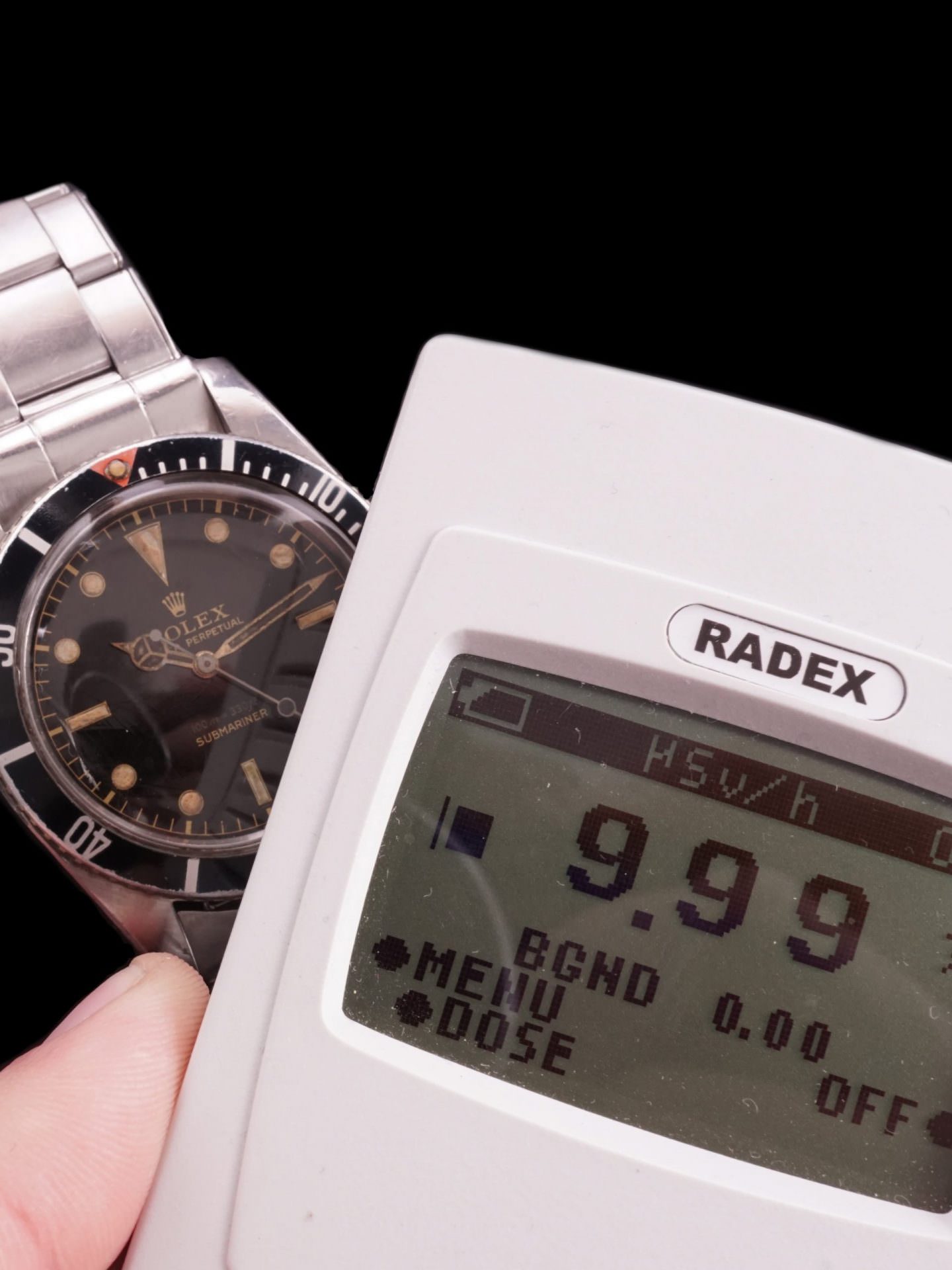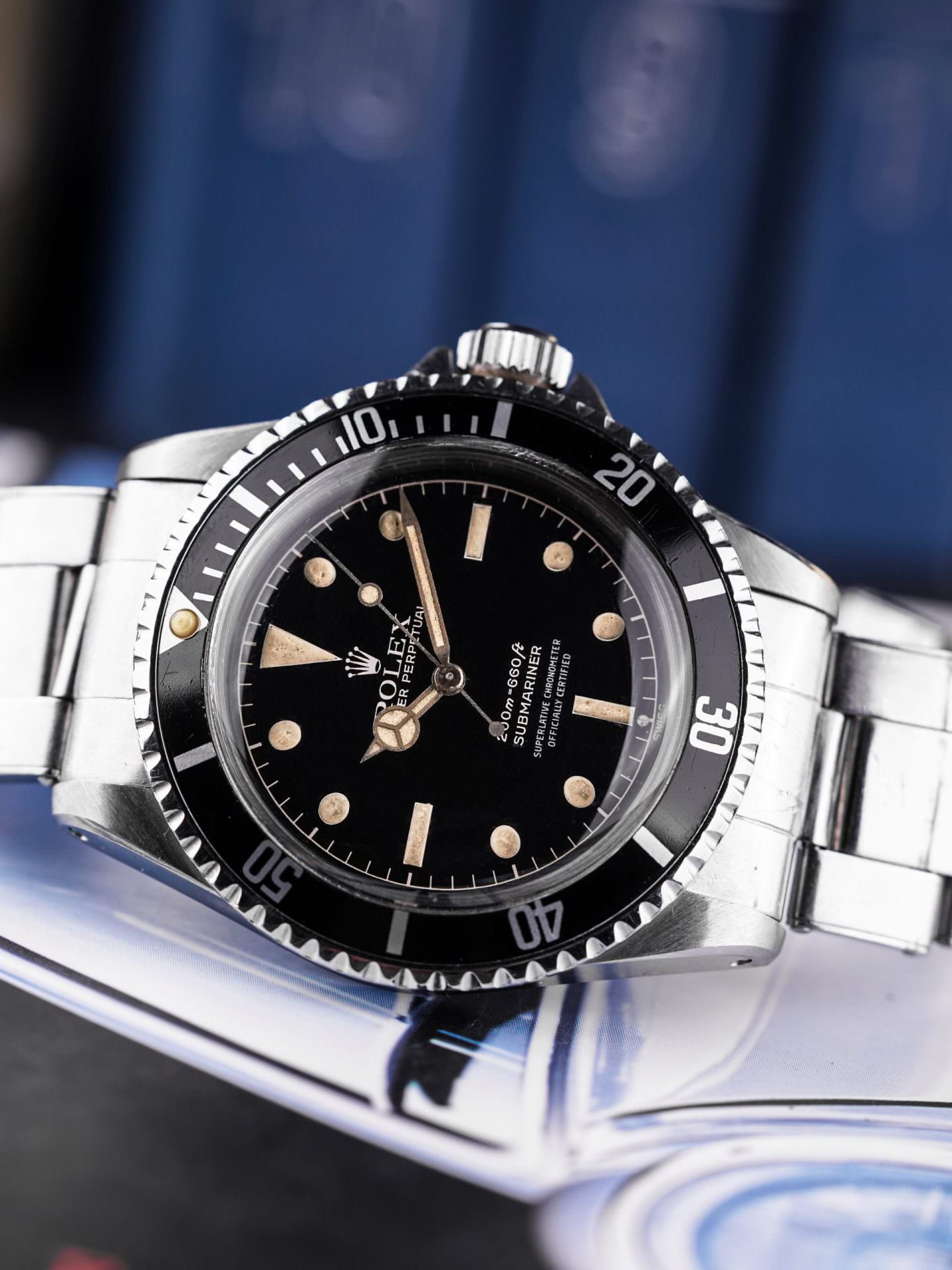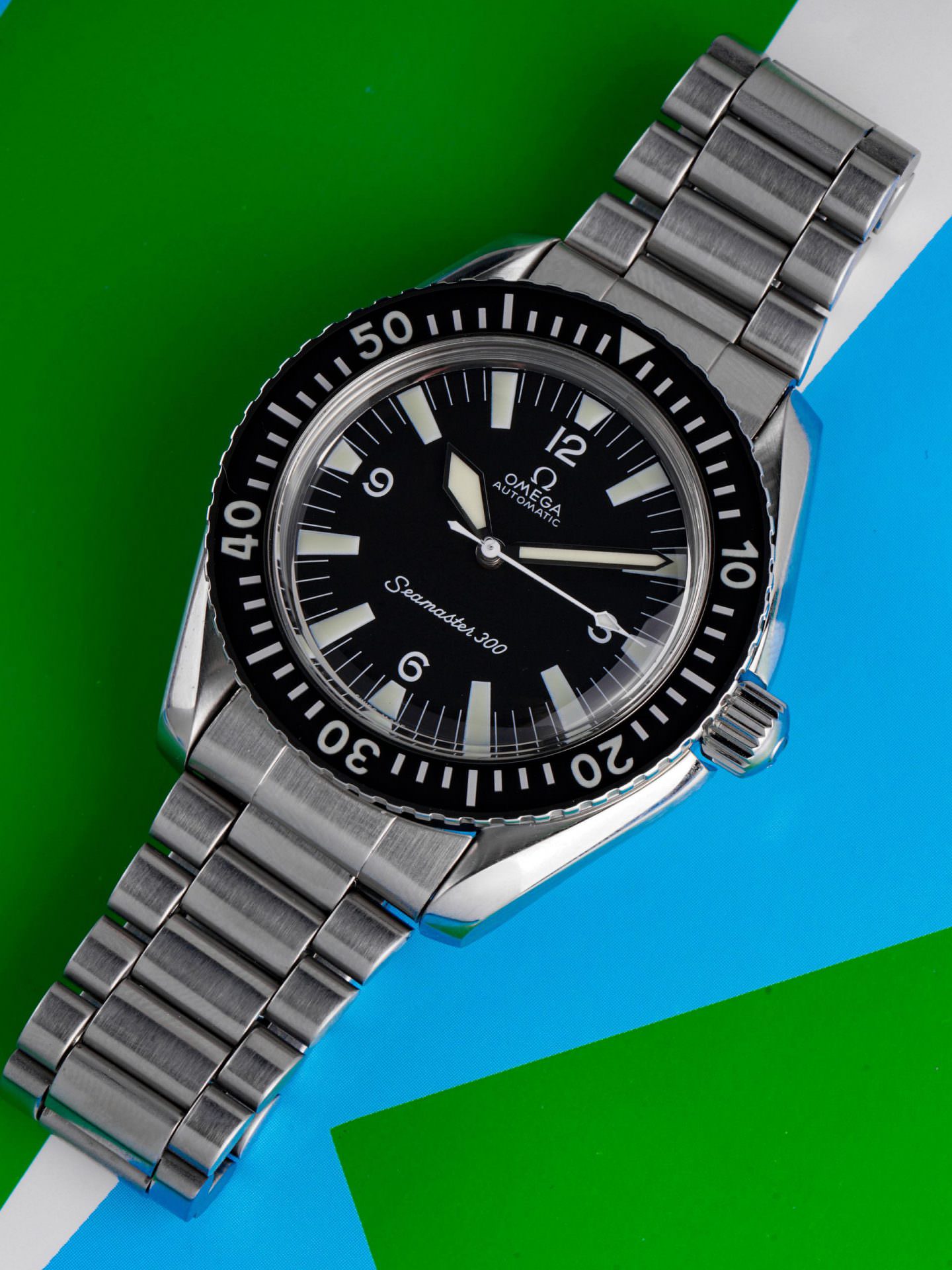This can be attributed to how all of such timepieces are judged by similar criteria, concerning legibility, durability, and reliability. With regard to legibility, many view luminous dial applications as the most notable development in this facet of watch design throughout history. Today we explore the substances and compounds that make this dazzling feature possible.
Pure radium is an alkaline earth metal element, though in watchmaking applications, it was historically compounded into a paint form through the incorporation of other substances like zinc sulfide phosphor. Following its emergence during the early 1900s, radium paints took the watchmaking world by storm, resulting in the development of celebrated tool watches like the Rolex Submariner and Panerai Radiomir, among others. With that said, its use was ultimately limited as a result of further



After decades of use, radium paint was eventually phased out for two reasons. For one, the luminous substance had a tendency to deteriorate, resulting in visually unpleasant applications that were no longer capable of glowing. Secondly, and perhaps more notably, radium paints were and still are highly radioactive, and posed a threat to everyone from those involved in the manufacturing process to end users. Even in cases where such applications had ceased to glow, radioactivity remained high due to the chemical element’s half life of over 1,500 years.
With the dangers of radium exposure becoming increasingly more obvious, the industry acted accordingly and shifted towards the use of tritium paint for luminous dials. In its earliest uses on watches from Rolex, dials were marked with small underlines to denote the presence of the newly developed luminous substance. With Rolex, this period of transition began in the early 1960s, resulting in the complete abandonment of radium paint by the time the mid-1960s had hit.



Unlike radium, tritium gas infused paints were not nearly as radioactive, and therefore posed a far lesser threat. For context, it’s often been said that the amount of radiation emitted from a single tritium timepiece is comparable to that of a large number of bananas, as yes, bananas are ever so slightly radioactive. Despite its far tamer reading on the Geiger scale, tritium’s half-life was drastically shorter than that of radium, resulting in an equally shorter lifespan of its luminous qualities. This shortcoming furthered research and development, bringing us to the current gold standard of luminous compounds.
In today’s market, the majority of timepieces with luminous markings and indices are treated with a substance known as Super-LumiNova, which unlike its predecessors is completely non-radioactive. This not only ensures total peace of mind with regards to the potentially harmful effects of freshly applied substances like radium but guarantees a long lifetime of glowing performance. According to the manufacturer of this new phosphorescent pigment, it will continue to provide its luminous qualities for over 1000 years, making it the clear choice for modern watchmakers.



Note: The Daytona above dial is mislabeled – commonly called ‘tritinova’ as the material is Luminova but the dial indicates Tritium. Did you already email us about this before reading this far? 🙂
Super-LumiNova has also become rather popular as a result of the eight different colors it is manufactured in, ranging from conventional shades of white and green to eccentric tones of pink and violet. This allows for a greater degree of expression and individuality to be achieved through watch design, which is always welcome in a world of often homogenous standards of style.

Check out 'Reference Tracks' our Spotify playlist. We’ll take you through what’s been spinning on the black circle at the C + T offices.

Never miss a watch. Get push notifications for new items and content as well as exclusive access to app only product launches.
Sign up for our newsletter to receive updates and exclusive offers